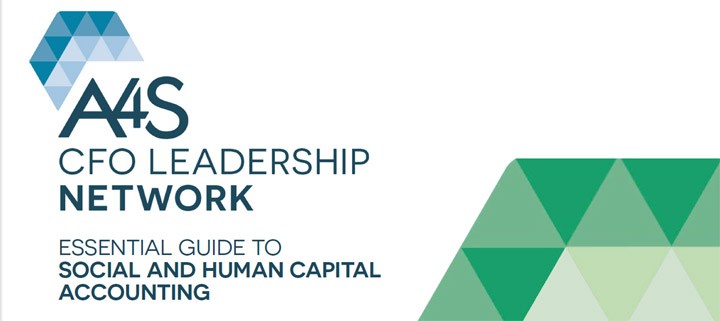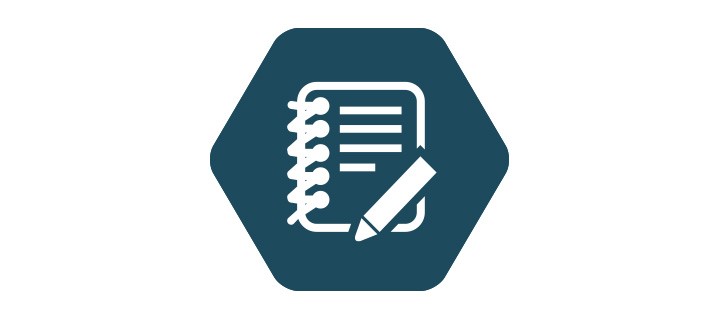What is social and human capital?
Positive and negative interactions between business, society and individuals are crucial to good decision making, yet rarely do we measure their impact and value to organizations. Social and human capital accounting is a way to do this.
However, social and human capitals are, by their very nature, more subjective than other capitals such as financial, natural, manufactured and intellectual, and are also less developed. This can make the prioritization, quantification and potential monetization of social and human capital open to challenge from various stakeholders.
So, what actually is social and human capital?
Our CFO Leadership Network team of practicing finance professionals used experiences from across their diverse range of organizations, as well as existing definitions from the <IR> framework, WBCSD and the World Bank to develop the following definitions.
Human capital
The knowledge, skills and attributes of the workforce and others across the value chain that contribute to a successful organization.
Social capital
The value added by the organization’s products, services and activities to wider communities. The relationships of individuals and groups of people internally and externally, and between the organization, its value chain and the diverse communities and locations where it operates.
In practice, organizations can encounter both human and social capital impacts and dependencies. For example, a business can impact the employability of its staff through its approach to training and be dependent on a good supply of appropriately skilled and educated recruits.
How do I measure social and human capital?
As part of our Essential Guide series, the A4S CFO Leadership Network have created a practical guide for finance teams to apply social and human capital accounting to their organizations.
The guide includes a range of tools and key tips to support finance professionals to get started and progress their social and human capital accounting. There are also a range of worked examples from the project team to show how different approaches can work in practice.
The guide can be downloaded from the A4S website.



